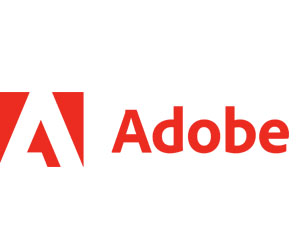Mounting Pressure for Digital Fluency in the Workforce
A number of factors are coming together right now to elevate the urgency around digital fluency as a core competency for college students.
Managers are not just concerned with hard skills these days. In the workplace, “there is an increasing emphasis on skills such as communication and creativity, problem-solving and digital storytelling,” says Hoy.
The educational landscape is also changing. The rise of generative artificial intelligence, in particular, is forcing faculty and administrators to rethink the traditional ways in which students have been asked to demonstrate proficiency.
“With generative AI, that 10-page essay can be generated in a matter of seconds with the right prompt,” says Hoy. “How can a faculty member ensure that a student is achieving the outcomes that they want while still producing authentic work — something that is created by that student and not by one of these new AI models?”
This shift “makes digital fluency — the ability to create using different forms of media or different forms of communication — more relevant than ever,” he says.
“Generative AI is introducing an urgency among those who might consider themselves skeptical or late adopters when it comes to evolving how students communicate and share their ideas,” says Hoy. “It’s a chance to really reconsider how we assess student work and how we engage students in the material.”
RELATED: How AI could impact student success in higher education.
The Path to Digital Fluency for Higher Education Students
To seize on that opportunity, higher education leaders need to address the challenges inherent in past approaches to creativity and storytelling.
“Institutions may silo this idea of digital fluency to a segment of the university or a specific discipline,” says Hoy, with visual considerations limited to video production majors or the arts department, for example. “That shortchanges students in many ways.”
To move the needle, forward-looking higher education leaders “are starting to break down those silos, evolving how they think about student readiness to succeed both in the classroom and in their future careers,” he says.
They’re looking to expand digital fluency across the institution. “No longer is it just for art and design students, for digital communication or video production majors. It’s relevant to every student that has an idea to share with the world,” says Hoy.












